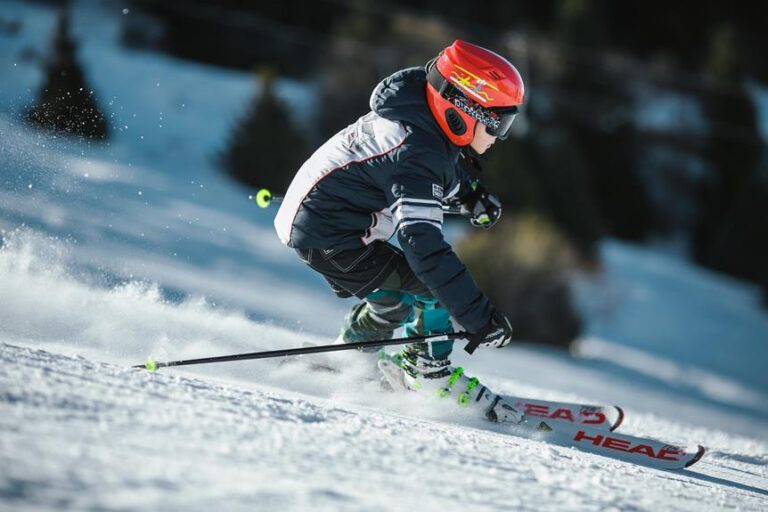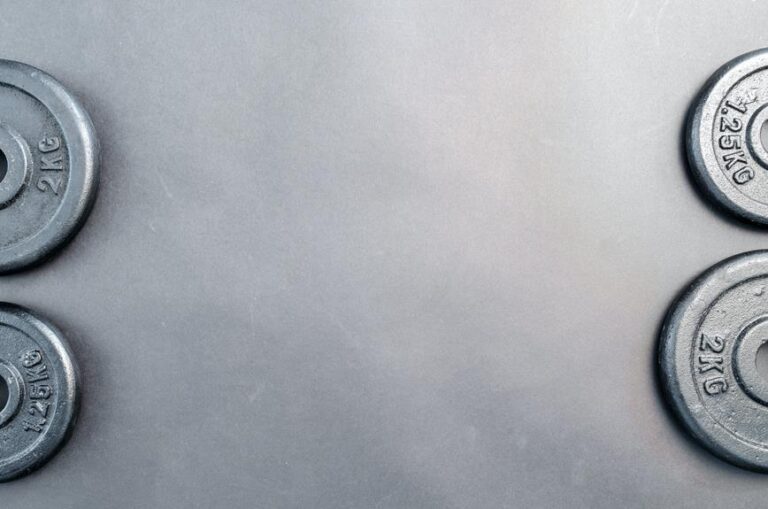Why Are Ski Boots so Heavy – The Ultimate Guide
Did you know that the average weight of ski boots for adults is between 4 to 5 pounds per boot? That's quite a hefty load to carry on your feet while gliding down the slopes.
But have you ever wondered why ski boots are so heavy? There must be a reason behind it, right?
Well, in this discussion, we will unravel the mystery and explore the factors that contribute to the weight of ski boots. So, grab your goggles and get ready to dive into the world of ski boot construction and design.
You might just discover a whole new perspective on why these boots are built the way they are.
Importance of Support and Stability
To ensure optimal control and responsiveness on the slopes, it's crucial that your ski boots provide the necessary support and stability. Ski boots play a critical role in enhancing your performance and overall skiing experience.
One key factor to consider is the weight of the boots. Heavy boots are often preferred by experienced skiers as they allow for efficient energy transfer to the ski, resulting in enhanced stability and control. The weight of the boot contributes significantly to the overall support and stability you feel while skiing.
However, advancements in technology have led to the development of lighter ski boots that still offer the necessary support. These lighter boots make it easier for skiers to maneuver and make quick turns. Additionally, some ski boots come with a walk mode, allowing you to release the boot's stiffness for more comfortable walking.
When choosing the right ski boots, it's important to strike a balance between support and weight, ensuring that you have the stability you need without compromising on comfort and agility.
Role of Design and Construction
The design and construction of ski boots play a crucial role in providing support, control, and safety during skiing. The weight of ski boots is influenced by various design and construction factors.
Here are three key aspects that affect the weight of ski boots:
- Materials: Ski boots are typically constructed using durable and sturdy materials such as plastic, rubber, and metal. These materials add to the overall weight of the boots, ensuring durability and protection for your feet.
- Components: The different components of ski boots, including the shell, lugs, liner, footbed, and buckling system, contribute to the weight of the boots. While these components are necessary for stability and control, they can add significant weight to the overall boot.
- Type of Skiing: The design and construction of ski boots are tailored to different types of skiing, such as piste, freeride, and touring. Boots designed for freeride or touring may have additional features like walk mode and adjustable flex, which can increase their weight compared to boots designed for piste skiing.
While a lighter boot may be desirable for some skiers, it's important to find a balance between weight and performance. A lighter boot may provide more comfort and agility, but a heavier boot can offer better support and stability, especially on heavier skis.
Ultimately, the design and construction of ski boots are crucial in providing the necessary support and control for a safe and enjoyable skiing experience.
Components of Ski Boot Weight
Considering the role of design and construction in ski boots, let's now explore the components that contribute to their weight.
Ski boots can be heavy due to various factors. The materials used in their construction play a significant role. Certain materials, such as plastics and metals, are commonly used, and they can add considerable weight. Metal components like buckles and rivets, which are essential for secure closure and support, also contribute to the overall weight of the ski boots.
Another factor that affects ski boot weight is the thickness and density of the liner and padding. While these components provide comfort and insulation, they can also add to the overall weight. Additional features like walk mode mechanisms and adjustable flex systems, which offer versatility and customization options, can increase the weight of the ski boots as well.
The size and volume of ski boots also play a role in their weight. Larger sizes tend to be heavier due to the increased amount of material used in their construction. On average, ski boots for advanced skiers are much heavier than those designed for intermediate skiers, as they require more support and performance features for aggressive downhill skiing. However, it's worth noting that ski boots designed for uphill or backcountry skiing tend to be lighter to facilitate easier and more efficient ascents.
Factors Affecting Ski Boot Weight
Factors that influence the weight of ski boots include the materials used, the flex rating, the type of boot, gender differences, and the inclusion of walk mode features.
- Material: Ski boots are constructed using various materials such as composite plastic, metals, and other rigid materials. These materials contribute to the overall weight of the boots. The choice of materials depends on factors such as durability, performance, and cost.
- Flex Rating: The flex rating of a ski boot refers to its stiffness. Stiffer boots are generally heavier as they provide more support and control, making them suitable for advanced skiers. On the other hand, softer boots are lighter and more forgiving, making them ideal for beginners. The flex rating is determined by the materials used and the design of the boot.
- Type of Boot: The weight of ski boots can also vary depending on the type. Touring or skimo boots, designed for backcountry skiing, are generally lighter to enhance mobility. Freeride boots, designed for off-piste skiing, and race boots, designed for high-performance skiing, tend to be heavier to provide stability and responsiveness.
Gender also plays a role in ski boot weight. Men's ski boots are typically slightly heavier than women's ski boots due to differences in sizing and construction.
Furthermore, the inclusion of walk mode features, which allow the boot to flex and provide a more comfortable walking experience, can add extra weight to the ski boot.
These factors collectively contribute to the weight of ski boots and understanding them is crucial in choosing the right boot for your skiing needs.
Comfort Vs Weight: Finding the Balance
To achieve an enjoyable skiing experience, it is crucial to strike the right balance between comfort and weight in your ski boots. Finding the perfect equilibrium between these two factors can greatly enhance your performance on the slopes. When it comes to ski boots, there is a trade-off between comfort and weight. Heavier boots tend to provide better support and control, while lighter boots offer easier mobility but may sacrifice some performance. It ultimately boils down to personal preference and skiing style.
Consider the following table to visualize the relationship between comfort, weight, and their impact on skiing:
| Comfort | Weight |
|---|---|
| High | Heavy |
| Low | Light |
| Moderate | Balanced |
| Varied | Adjustable |
As you can see, heavier boots can provide more support and stability, especially at higher speeds and on more challenging terrain. However, they may feel cumbersome and restrict your mobility. On the other hand, lighter boots offer greater freedom of movement, making them ideal for quick turns and agility. Yet, they may not provide the same level of control and support as their heavier counterparts.
The ideal balance between comfort and weight largely depends on your skiing preferences and conditions. For long multi-day tours or uphill speed, weight becomes a more critical factor. In contrast, comfort becomes a priority for inbounds skiing, where you spend more time on groomed slopes.
Considering your skiing style and physical characteristics will help in determining the perfect balance between comfort and weight in your ski boots.
Frequently Asked Questions
Should Ski Boots Be Light or Heavy?
For optimal performance and comfort, ski boots should be heavy. The weight allows for better energy transfer, balance, support, stability, and responsiveness. Customization options, ski boot technology, and durability also play a role in skiing technique.
What Is Ski Boot Syndrome?
Ski boot syndrome is when your lower legs and feet feel uncomfortable and painful from wearing ski boots. It's caused by things like pressure points, tightness, and poor fit. Remedy it with adjustments, breaks, and using custom insoles.
Why Do My Feet Hurt so Much in Ski Boots?
Your feet may hurt in ski boots due to improper fit, sizing, or pressure points. Consider adjusting the buckles, choosing the right socks, or customizing the boots. Footbeds and techniques like foot pain remedies can also help alleviate discomfort.
Are Ski Boots Supposed to Be Uncomfortable?
Ski boots are designed for support and performance, so some discomfort is expected. However, proper fitting, customization options, materials used, ski boot liners, support, adjusting the buckles, break-in period, sock choice, and finding the right balance can help improve comfort and performance.
Conclusion
So, in conclusion, ski boots are heavy due to their rigid and sturdy construction. The molded plastic shell, toe and heel lugs, soft liner, and cuff all contribute to their weight.
While the heaviness provides better responsiveness and control for aggressive skiers, beginners and those going uphill may prefer lighter boots.
It's important to find the right balance between comfort and weight when choosing ski boots.






